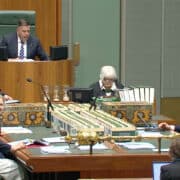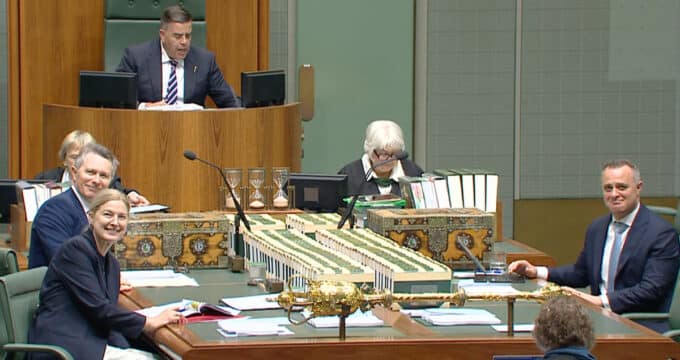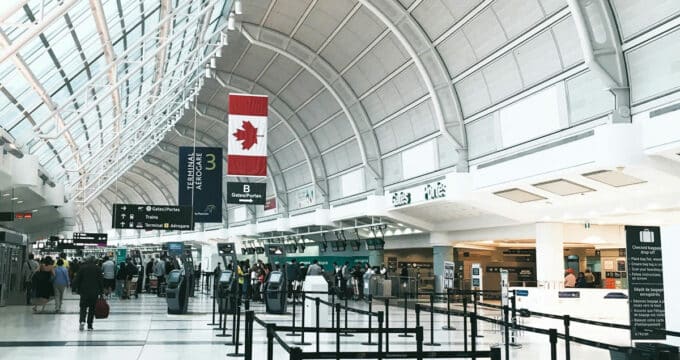Philippines creates opportunities in overhaul of K-12 education system
The Philippines is undergoing a major overhaul to bring it in line with education systems worldwide, starting with the K-12 sector. This change to domestic education policy has far-reaching consequences and is important for international educational institutions to consider when looking for potential new student recruitment markets. With the new 12-year curriculum in place, future Filipino students will be ready and better equipped to join overseas universities at the undergraduate level. And with a K-12 student population of 20.67 million, which will only increase over the next 20 years (see ICEF Monitor's article "New 2035 enrolment forecasts place East Asia and the Pacific in the lead"), the Philippines is shaping up to be an attractive recruitment destination.
Changes to basic education
The K-12 Basic Education Program aims to provide every Filipino child with the education s/he needs to compete in a global context. In May, President Benigno Aquino of the Philippines signed into law a basic education curriculum that will see a mandatory kindergarten year and two additional senior high school years added to what was a 10-year education curriculum to make basic education 12 years. The programme has been adopted not only in schools in the Philippines, but also in Filipino schools abroad that follow the department's curriculum. Gulfnews reports:
“According to Aquino, the K-12 programme will pave the way for an ever brighter future for young Filipinos by equipping them with basic education up to international standards.”
The goal of the new curriculum is to give Filipino students enough time to master skills and concepts so that they are ready for tertiary education when the time comes. Kindergarten was previously optional, and advocates of the K-12 programme argue that students who went to kindergarten are better prepared for primary education than those who did not. In addition, the K-12 programme “provides for the use of the 'mother tongue' language as the medium of instruction for students in the basic and lower years to facilitate and expedite learning.” This fabulous interactive map of all public schools in the country could be a useful tool in planning a recruitment strategy. It contains data on the school’s budget, enrolment statistics, education indicators, number of teaching personnel, furniture, textbooks, classrooms, plus the water and power supply of some 45,000 schools nationwide.
10 Point Education Agenda
The move to the K-12 policy comes as part of the 10 Point Education Agenda which was set out by the current government administration. The K-12 Basic Education Program, universal kindergarten and instruction in mother-tongue languages are but three of the ten points Aquino’s administration want to implement in order to improve the overall quality of education in Filipino schools. The other seven points include:
- Establish the Madaris Education as a sub-system in the current education system;
- Make every child a reader by Grade 1;
- Improve science and mathematics;
- Expand government assistance to private education;
- Better textbooks;
- Build more schools in cooperation with local government units (LGUs);
- Re-introduce technical and vocational education in public high schools.
Australia extends a helping hand
Australia has long been a friend to the Philippines - donating time, funding and other resources, as well as working with the nation to develop and ensure quality. Last month, the country granted PHP 8.4 billion (nearly US $193 million) “to address basic education issues and support the implementation of the K-12 programme.” They have also funded a project to “enhance the skills of school officials in managing school processes and turn schools into learner-centred institutions that continually improve and build on its best practices.” In return, Australia is surely hoping Filipino schools and students will select Oz as their destination of choice for partnerships and study. As ICEF Monitor reported in February, the Philippines is one of the top ten student markets for Australian schools, colleges and universities.
Building classrooms and adding teachers
As mentioned, one of the ten points on the Education Agenda aims to address severe overcrowding in Philippine schools and the shortage of classrooms. In October of last year, the Department of Education signed an agreement “with two winning consortia which will undertake the construction of close to 10,000 classrooms." The department's Public Private Partnership for School Infrastructure Project (PSIP) will give schools the physical space they need and “provides the private sector the business opportunity to invest in the design, construction and maintenance of classrooms.” Philippine Education Secretary Armin A. Luistro has said he hopes that by doing so, the classrooms would stand as a testament to Filipino capability and efficiency. Progress is well underway; construction of more than 9,000 classrooms began in March of this year.
But making more room for students is only half the solution; someone has to teach them and as of early last month, the Department of Education still hadn’t filled over 61,500 teaching positions.
An increase in student enrolment which caused the shortage of teachers was due to an increase in kindergarten students - a result of the new K-12 curriculum, as well as students who were formerly enrolled in private school transferring to public school because of tuition fee hikes. Student enrolment in 2012/3 stood at 20.67 million: 1.77 million kindergarten students, 13.26 million elementary students, and 5.64 million high school students.
For foreign education providers, this lack of qualified teachers could mean an opportunity to partner with institutions in the Philippines to develop a teacher-training programme or qualification.
Increased focus on vocational education
A final point on the 10 Point Education Agenda calls for a re-introduction of vocational and technical education in high schools, which has been designed to give Filipino students practical skills to gain employment after graduation – a key component in tackling the high youth unemployment rate in the Philippines. Some advocates are calling for the adoption of the German model of apprenticeship. The Manilla Bulletin reported:
“The Philippine Business for Education (PBEd) wants the country to incorporate Germany’s system of dual technical-vocational education into the K-12 basic education programme.”
It is hoped that adopting the German model would help address the skills mismatch between Filipino graduates and the jobs available. Ramon del Rosario, chairman of the PBEd, has said now is the time to implement the apprenticeship system, because of the start of the K-12 curriculum: “It is a good time because of the development of the senior high school curriculum and that will have a track towards technical vocational education.” In May, the Technical Education and Skills Development Authority (TESDA) announced it had completed the K-12 technical vocational curriculum, and everything was in place for the start of the new school year. TESDA Secretary Joel Villanueva said, “Technical vocational education and training (TVET) will play a central role in the new education model that prepares students for tertiary education, middle-skills development, employment and entrepreneurship.” Courses include automotive servicing, horticulture, welding, consumer electronics, dressmaking/tailoring, carpentry, food processing and beauty care.
With such a strong focus on promoting technical-vocational education, foreign providers who are looking to work in the Philippines might want to consider how they can contribute to this development.
The Philippines as a study destination
Like many of its neighbouring countries, the Philippines has its eye on becoming a study destination of choice for students from the Asia-Pacific region. In January of this year, the Philippine Bureau of Immigration reported that of the 203,753 foreigners in the country, 47,478 are studying in schools and universities across the country (which is 14% higher than the 41,443 foreigners who applied in 2011). The bulk of those (31,000) are under the age of 18 and studying at an elementary or high school or on a short-term (less than 1 year) course. The Bureau's Commissioner Ricardo David Jr said: “Our country is fast emerging as a new educational hub in the Asia-Pacific region. More and more foreigners are coming here to study and it demonstrates recognition of the improved quality of our educational system.” He attributed the influx of foreign students to the quality of teaching and the use of English as the medium of instruction. Some of those students chose the Philippines to study English, and the government is hoping to boost ESL student numbers by making it easier for them to stay and learn.
In June, the Bureau of Immigration launched a long-stay tourist visa which allows holders to stay for up to six months – plenty of time to spend studying on a language course.
Last year, ICEF Monitor reported that for international students studying English in Australia, the Philippines had entered the competition as a destination option for the first time in 2011. Backing that up, an article in The PIE News quotes Ruth Tizon, Programme Director of the Philippines ESL Tour Program, as saying,
“The Philippines can compete with the US, UK or Australia as an ideal destination for studying the English language. Aside from its large English-speaking population [93.5% of Filipinos speak English well], competent schools and faculty, the Philippines has a rich cultural heritage, offers diverse tourism attractions and activities, and warmth and hospitality not found anywhere else in the world.”
One thing is clear: the Philippines is looking ahead. With a growing population and a budding economy, demand for quality education is high. Many Filipino parents welcome the basic education reforms and are looking forward to more opportunities for their children in vocational and higher education. We explore both in this follow-up piece.
Most Recent
-
Australia introduces new integrity measures through proposed amendments to the ESOS Act Read More
-
Australia: With ELICOS under pressure, peak bodies push for reduction in “extortionate” visa fees Read More
-
Mystery shopping study finds broad improvement in student enquiry handling this year Read More
















